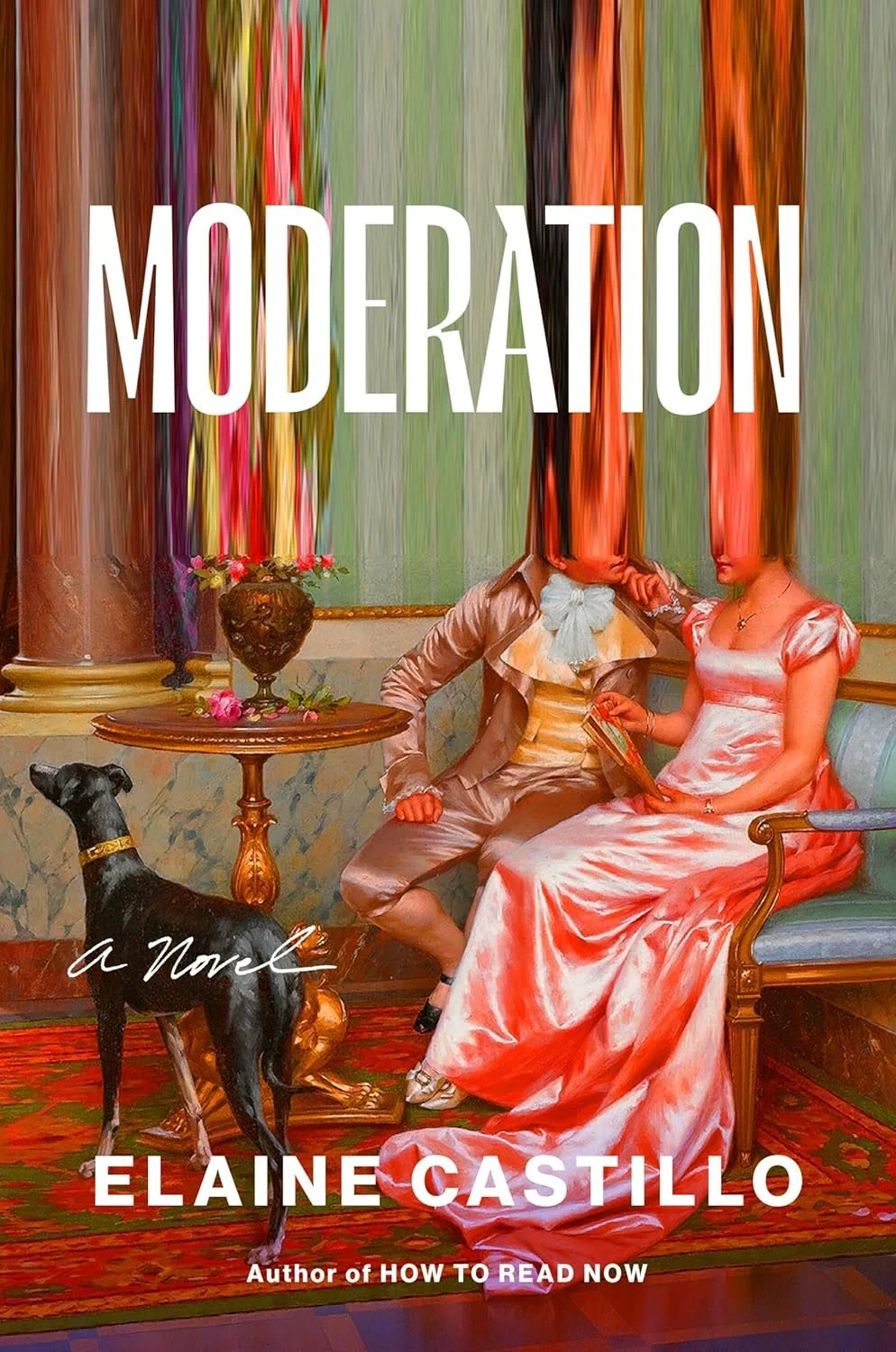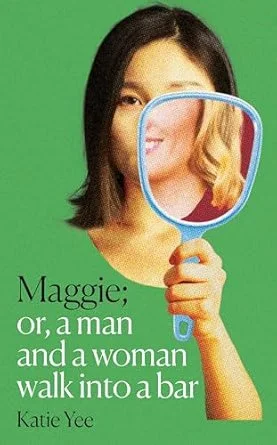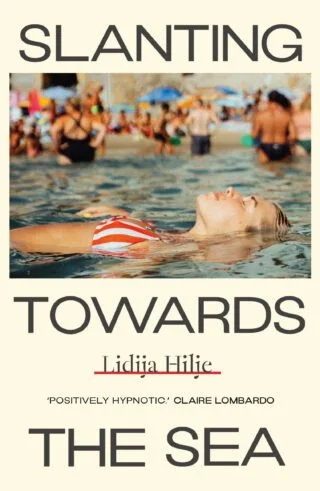Mythology as Truth with Megan Kamalei Kakimoto
‘What foregrounds every moʻolelo is the tacit understanding among Hawaiians that we aren’t speaking of cultural fictions but of the basis of non-fiction—of truth’
Amidst the verdant, sprawling acreage of the Pālāʻau State Park on the island of Molokaʻi, there sits a rock imbued with the powers of fertility. It’s phallic in shape, though some claim to see a turtle in its place, and while it isn’t clear how much of the stone’s phallic likeness has been influenced by man’s intervention, the sight is bewildering, unnerving. Especially so for a girl of thirteen.
I was thirteen when I first saw Kaule o Nānāhoa, the phallic rock, just like the protagonist in my story ‘Hotel Molokaʻi’ from my collection Every Drop Is a Man’s Nightmare. Our experiences, however, could not have diverged more. Adrift and deeply adolescent on her first trip to her family’s Molokaʻi hometown, the unnamed protagonist is pressured to touch Kaule o Nānāhoa to ensure her future fertility. No matter that she hasn’t even considered the question of motherhood, that she is still learning how to exist in her changing body, and that the sacred nature of the stone does not register in the confines of her teenaged psyche. The expectation is as evident as the mid-summer humidity—she must touch Nānāhoa. Underscoring the expectation is an assumption some readers might not know enough about Hawaiian culture to make, which is that Kaule o Nānāhoa’s powers of fertility are not simply the stuff of lore but grounded in the truth of myth.
On my first trip to Pālāʻau, I was discouraged from touching the phallic rock following the same line of reasoning—Kaule o Nānāhoa was powerful, and I was too young to entertain becoming a mother.
In writing ‘Hotel Molokaʻi,’ I both delighted and feared returning to Molokaʻi in my mind, and especially in exploring the history of Nānāhoa. Like most stories that find their centre in myth, the story of Nānāhoa is porous and variegated, with some retellings speaking of him as a mortal and others speaking of him as a God. The narrative follows Nānāhoa and his wife Kawahuna in the northern slopes of Pālāʻau, their home. They are happy, or seemingly so, until one day Kawahuna catches her husband ‘making eyes’ at another woman. From their perch high above Kaiolohia, Kawahuna wrestles with the woman, inciting her husband’s rage. He slaps his wife; she careens down the cliff and immediately turns to stone. Upon Nānāhoa’s death, he joins her as the phallus-shaped stone people visit today.
The pain in this myth is palpable. Nānāhoa’s violence is deplorable, and Kawahuna suffers for it. Yet through their pain and anguish we also find the promise of new life. During the days of old Hawaiʻi, when wāhine (women) were no longer getting pregnant, the aliʻi (chiefs) instructed them to visit the stones of Nānāhoa and Kawahune with offerings—an assurance of their future fertility. While I have never managed to draw the line connecting Nānāhoa to fertility, history reveals that wāhine did indeed become pregnant, cementing the phallic rock’s impact on childbirth for future generations.
In ʻōlelo Hawaiʻi, or Hawaiian language, we call the stories, myths, and legends that comprise our culture moʻolelo. They include the historical tales of our ancestors and the narratives of gods and goddesses, and they clarify how Hawaiians are meant to operate in the world. Originating as an oral language, ʻōlelo afforded a multiplicity of retellings—while some moʻolelo have been abbreviated, others have been aggrandised, dramaticized, and recited to entertain kids and adults alike. Others still are treated as cautionary tales to ward against bad decisions, bad behaviours. The topic of myth, then, is rich with creative potential. It’s also a landmine of potential disasters, suggesting the legions of ways we can do wrong by our ancestral stories.
What foregrounds every moʻolelo is the tacit understanding among Hawaiians that we aren’t speaking of cultural fictions but of the basis of non-fiction—of truth. In ‘Hotel Molokaʻi’, the protagonist’s grams (grandma) confirms the truth of Nānāhoa’s powers: ‘It’s not just one story—it stay real!’ Because our myths take root in the rich history of our Hawaiian heritage, they are respected and revered, and they are meant to be taken seriously. The grams in the story takes Nānāhoa seriously, and so does the protagonist—the weight of this myth is where she locates the nexus of her fear (and where I located my own).
…
Read the full piece in the Mythology Issue
Editorial Picks




